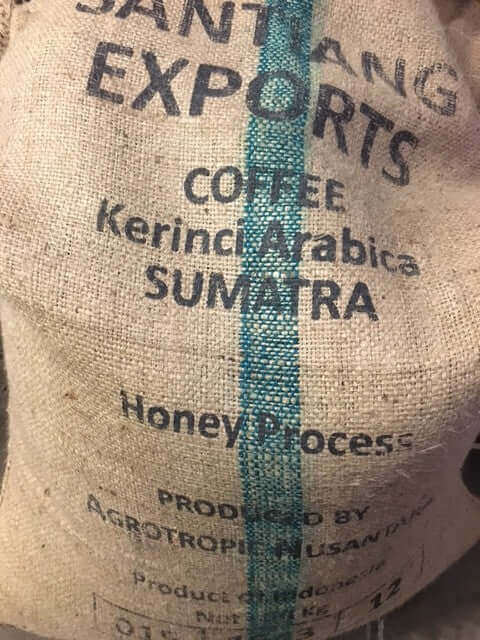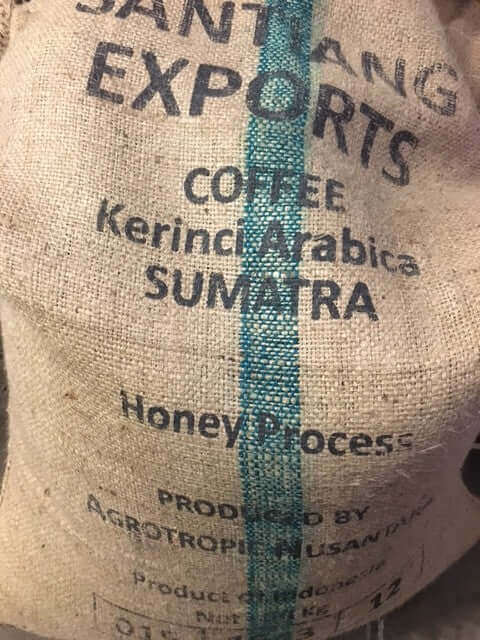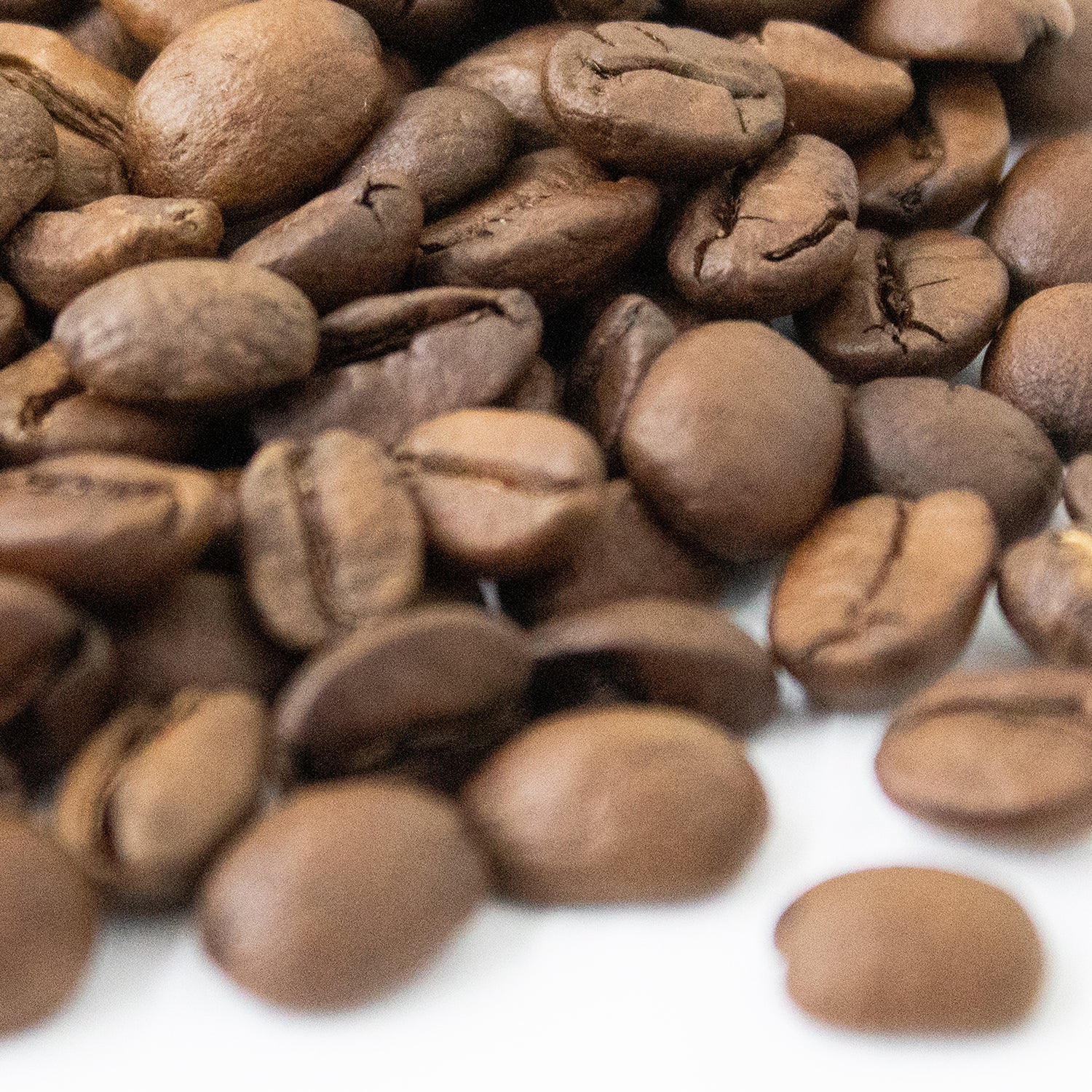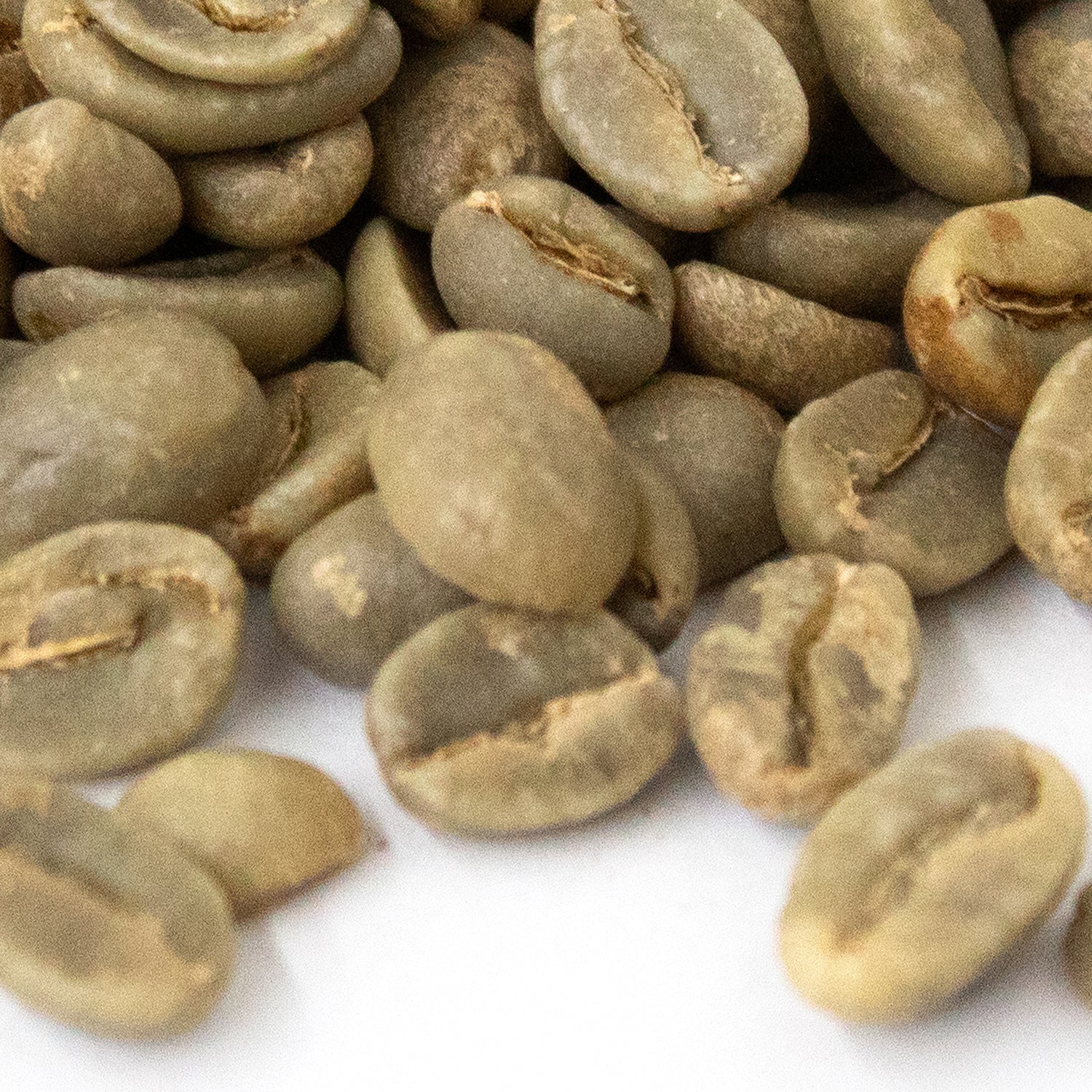Indonesian
Sumatra Kerinci Honey
Sumatra Kerinci Honey
These beans come from what would normally be considered Mandheling territory, but it's not grown by Mandehling people, so it's referred to as Kerinci Valley, which is an extremely fertile growing area with a population of around 300,000 people. The Kerinci Valley is known as the "rice bowl" of Sumatra because of all the crops grown there feed some seven million people. This coffee grows near the Kerinci Seblat National Park and the proceeds go towards preserving the park.
We have never had a honey processed Indonesian coffee here before, so this coffee was an experiment for us as well as for them. In short, we don't hate it, but we don't love it. It was a fun coffee to play around with, but not one we would necessarily enter in a competition. So if you're up for participating in this experiment, here is what we found with the coffee.
It's not hard to roast. Takes a normal amount of heat, and cracks start at a normal time. As Espresso, our favorite roast was 45 seconds after first cracks end, somewhere around 410 degrees on our roaster. We found that we had to grind the bean a notch finer than normal for best results. We did not get the normal heavy crema expected from a honey coffee, but it did have that honey taste and soft mouthfeel. Tastes of chocolate, orange, and sage came through. Enjoyable, unique.
As coffee, our favorite roast was 15 seconds lighter (407 degrees on our roaster). The aroma is bizarre -- soy sauce? garlic? The taste is savory and sweet, with flashes of orange peel, rosemary, and apricot. Soft mouthfeel, smooth, not too astringent or acidic. Hint of cherry. Dries the mouth out a bit after you swallow.
So if we roasted it any darker than this the coffee was tasting smoky, turning bitter. By the time it is at 2nd cracks it is just ashy and burnt. On the lighter side, going a little bit lighter of a roast produced a coffee that was more drying in the mouth and more acidic, but not much difference in flavor. Lighter yet (400 degrees, which is where most honey processed coffees shine), was under roasted, with a distinct green bell pepper taste.
If you're like us and want to taste every coffee, every varietal, every origin, every process...you gotta try a couple pounds and play around. But don't stock up too much until you make sure you like it. This one was hit and miss for our team -- some finding it great, some finding it too unusual to be enjoyable. We're giving it a mixed review.
This crop arrived in the US in August 2017.








